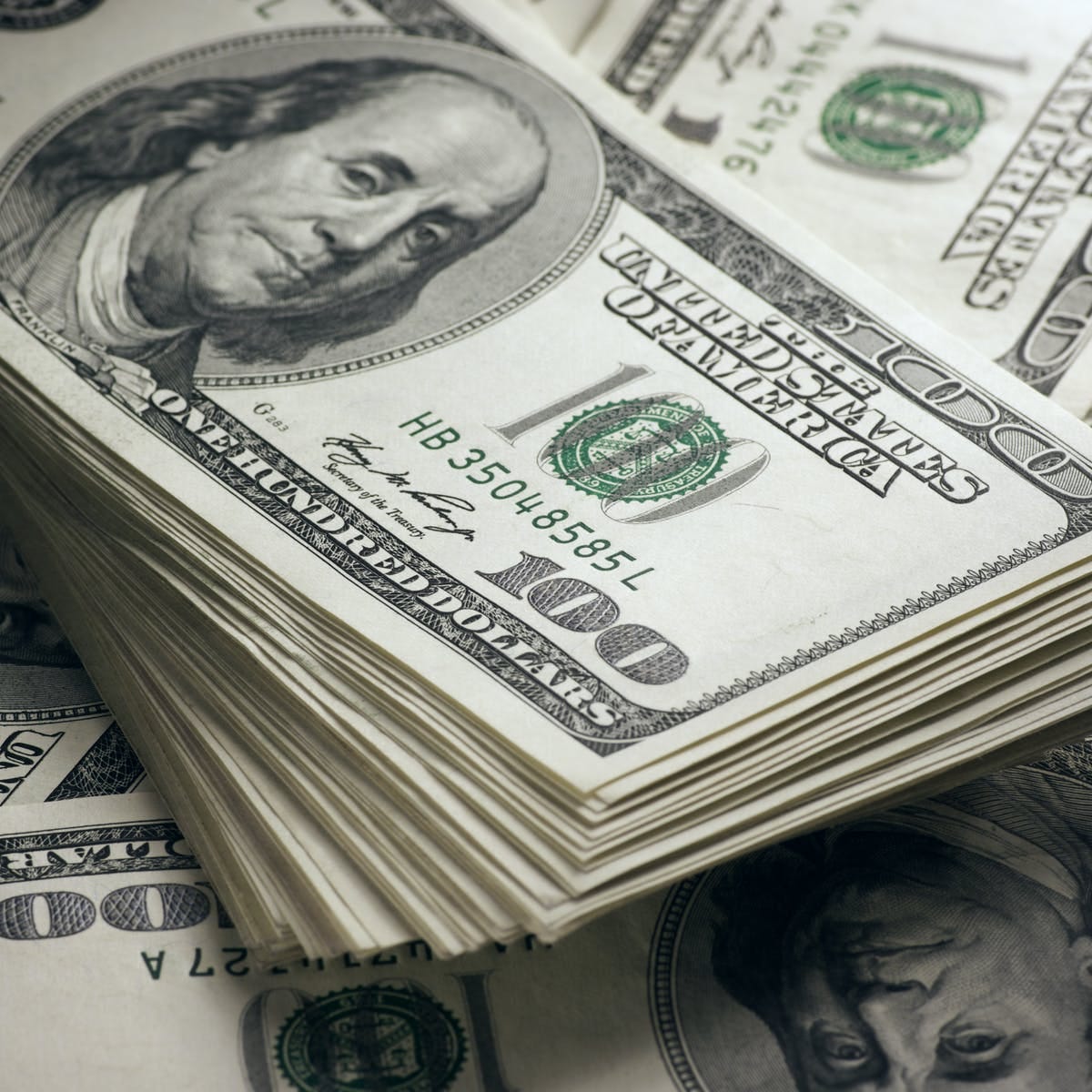Bruce (Australia), Oct 1 – Rumors of the U.S. dollar’s demise might make catchy headlines, but the real numbers tell a very different story.
According to newly released data from the Bank for International Settlements, global foreign exchange (forex) trading has surged to nearly USD 10 trillion per day – a staggering figure compared to the approximately USD 0.1 trillion per day for actual global trade in goods and services.
Only 1% of forex trades are directly tied to import/export activity. The rest? Mostly financial maneuvering: hedging against currency risks or speculating – which, depending on who you ask, is either smart risk management or glorified gambling.
April’s Volatility Fueled a Trading Frenzy
In April 2025, forex turnover soared to USD 9.6 trillion a day, driven largely by chaotic market reactions to former President Donald Trump’s latest round of “liberation day” tariffs. Currency traders seized the moment, with turnover leaping 28% compared to April 2022.
Dollar Still Dominates the Dance Floor
Despite decades of speculation about the dollar losing ground, it remains at the center of 89% of all forex trades. The euro trails far behind at 29%, with the Japanese yen at 17%, the British pound at 10%, and China’s renminbi now catching up at 8.5%.
Surprisingly, the Australian dollar ranks seventh globally, appearing in 6% of trades – beating out currencies from much larger economies like Brazil, India, and Russia. Its popularity stems from its perceived stability and connection to global commodity markets.
Forex Capitals: Just Four Cities Rule the Market
Where does all this trading happen? Mostly in London, New York, Singapore, and Hong Kong – a testament to the concentration of global financial power in just a few hubs.
Central Banks Shift, But the Dollar Endures
Yes, there’s been a slow decline in central bank reserves held in USD – dropping from 65% in 2016 to 58% today. But when it comes to actual forex trading and global invoicing, the dollar remains king, used in 40% of global trade, matching the euro, while the renminbi lags at just 2%.
This enduring dominance, often referred to as an “exorbitant privilege”, allows the U.S. to borrow money more cheaply than any other country. It’s a situation that emerging economies – particularly the BRICS nations – find increasingly frustrating. They’re pushing for alternatives, but history suggests currency dominance shifts slowly. The British pound lingered for decades after its economic clout faded.
Why the Dollar Still Wins
It comes down to the network effect. The more people use the dollar, the more others want to use it. Markets involving the USD are more liquid and trustworthy. Even if you’re an Australian company trading with Thailand, chances are you’ll deal in USD before converting to your local currency – it’s just easier, faster, and safer.
Is All This Trading a Blessing or a Risk?
That depends on your perspective. If forex speculators buy low and sell high, they can bring stability to volatile markets. But when they follow momentum and drive prices higher just because they’re rising, they may be fueling dangerous bubbles.
Some have proposed global solutions, like the Tobin tax – a small levy on forex trades aimed at reducing wild speculation. But unless every major economy implements it at once (highly unlikely, especially with Trump back in the White House), it’s just a dream.








